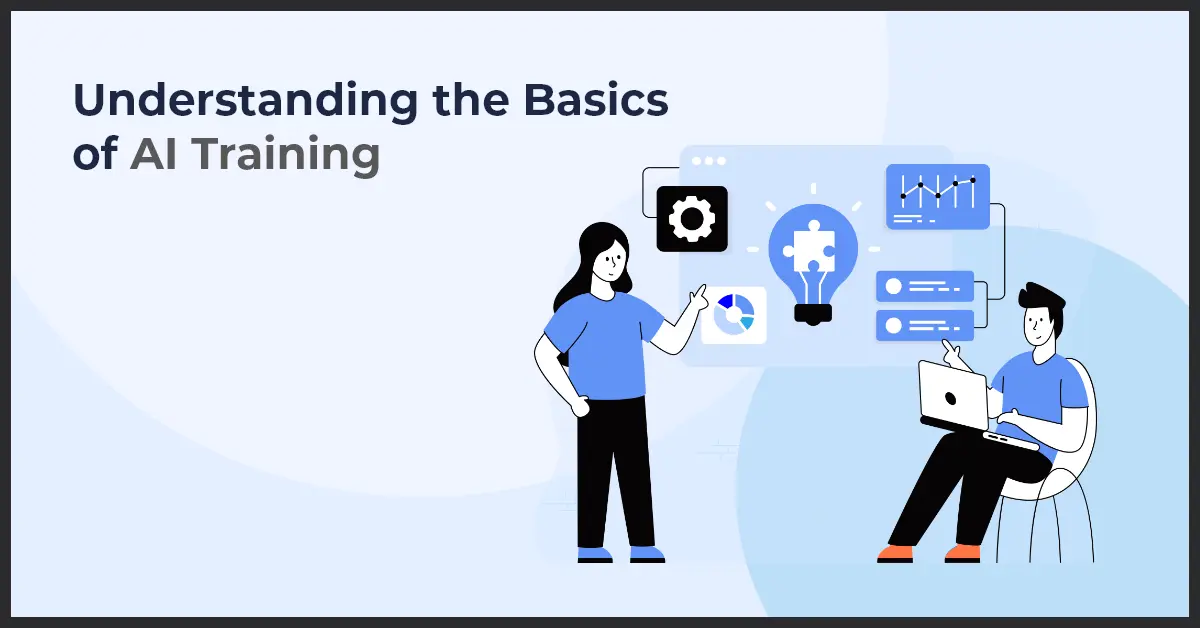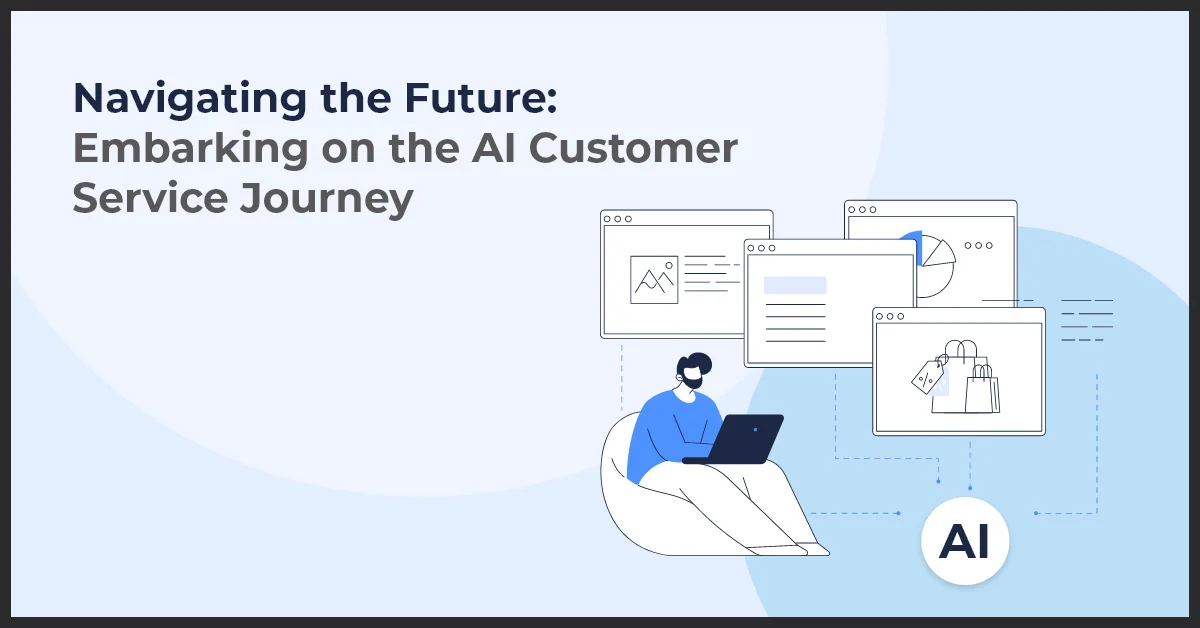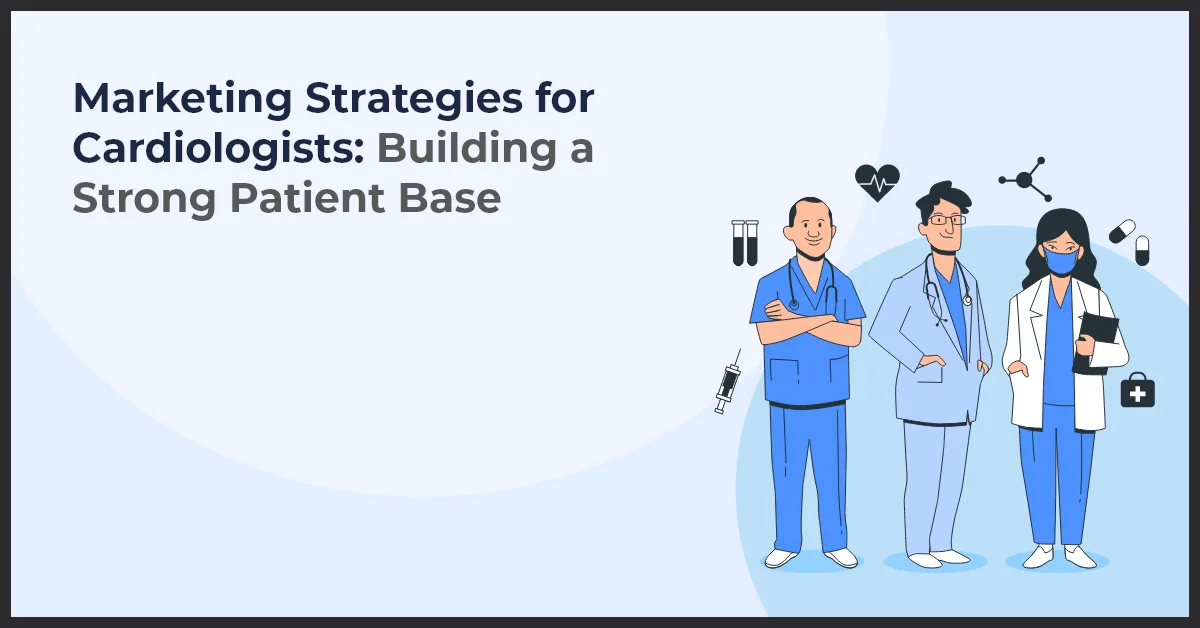How Is AI Trained?

Published on: May 16, 2024
Updated on: May 23, 2024
527 Views
- Digital Marketing
7 min read
Before we can optimize for Google's Search Generative Experience (SGE) or other future types of generative AI search engines, we need to understand more about how AI systems work. This begins by understanding how AI systems are trained. In this article, I'll review the primary ways AI systems are trained and how we can apply this knowledge to our SEO work.
Understanding the Basics of AI Training
AI systems are trained to predict outcomes. So, the first question we need to ask is what outcome is the AI system trying to predict? As an example, think about an AI system that assists a product team watching for cancelations. The AI system might be fed data so that it can predict which customers will cancel their subscription. A medical AI system might be fed data to predict which patients have a certain disease.
In the case of ChatGPT or SGE, the predicted outcome is the next word to generate. In an overview about ChatGPT from 2023, Stephen Wolfram explains how this process works. Put simply, the AI system learns which word is most likely to follow another word within a given context.
The training process involves feeding data into algorithms, allowing them to learn and make informed decisions based on input patterns. There are three primary types of training AI:
- Supervised Learning
- Unsupervised Learning
- Reinforcement Learning
Supervised Learning: Learning With Labels
Supervised learning guides the AI through the training process. The AI model is trained on a labeled dataset, in which each input data point is paired with an output label. This method is predominantly used for regression and classification tasks.
For example, we may want to train an AI model to predict a website’s ranking based on features like page speed, content quality, or backlinks. The AI model would be trained on historical data where the inputs (features) and outputs (ranking positions) are clearly labeled. Once trained, we could give the AI system a new set of inputs and it will predict the corresponding output.
Unsupervised Learning: Learning Without Labels
Unsupervised learning is the opposite of supervised learning. There is no guidance provided. Instead, the AI model is trained on data without predefined labels. The model learns to identify patterns and relationships in the data autonomously. This model is used for tasks like clustering or anomaly detection.
For example, we may want to find ways to group pages on our website without having any explicit groups predefined. After feeding our content to an AI model, it will create clusters of similar content. This can be useful to understand relationships within our content and understand common themes or gaps in content.
Side note – There is also self-supervised learning which is a hybrid of supervised and unsupervised techniques.
Reinforcement Learning: Learning from Interaction
Reinforcement learning is where the AI learns by interacting with an environment using a system of rewards and penalties. It is often used where the model needs to make a sequence of decisions. While it is in training mode, the AI system finds ways to maximize rewards and reduce penalties. As with unsupervised learning, there is no labeled data provided.
For example, an AI system might learn to optimize a website’s conversion rate by trying different webpage layouts or content structures and adopting those that result in higher user engagement scores.
Site note - ChatGPT uses a version of this, called Reinforcement Learning from Human Feedback (RLHF).
Deep Learning vs. Traditional Machine Learning
Now that we have a basic understanding of how machines learn, let's talk about deep learning. Deep learning is a subset of machine learning. While both deep learning and traditional machine learning are branches of AI, they differ significantly in capabilities and applications. Traditional machine learning algorithms, like K-means clustering or linear regression, involve less computational complexity and often require more manual involvement in the process.
Deep learning operates with artificial neural networks designed to mimic human brain functions and are capable of handling vast amounts of data. These networks automatically detect and prioritize the most relevant features during the training process. A neural network is essentially trying to find patterns in the data to determine what is or isn't relevant. For this reason, neural networks need a large amount of data so that they can detect all relevant patterns.
Large Language Models
Large Language Models (LLMs) are a type of artificial neural network. LLMs are built using deep learning techniques and are generally trained through three main stages:
- Data collection: The first stage involves gathering the data. This can include books, articles, code, web documents, and other forms of text. As mentioned, neural networks need a lot of data—so much so that recent reports indicate big tech could run out of data over the next couple of years. Once collected, the data needs to be cleaned to remove irrelevant information, errors, and biases.
- Pre-training: In this stage, the LLM is fed the data and begins assessing the data to find patterns. The training process involves a mixture of supervised and unsupervised learning. An LLM's goal is to build a broad understanding of language, grammar, and knowledge. That way, the LLM is capable of understanding a prompt and knowing what words to use when generating a response.
- Fine-tuning: After pre-training, LLMs undergo fine-tuning on more specific data tailored to particular tasks or industries. This involves training the model on a smaller dataset labeled for a particular task, like question answering or sentiment analysis. This refines the model's ability to perform well on that specific task.
Adapting SEO Practices
The first question to ask is whether you want your website included in the training data. A third of the top 1,000 websites block ChatGPT, which removes them from the training data altogether. If your website isn't in the training data, the AI system is unable to violate your copyright. However, if you aren't in the training data, your website's content can't be used by the LLM to formulate patterns. As a result, your website may not surface in the generated responses.
If you choose to be included in the training data, the next question is if you have structured your website to be useful during the training process. First, that requires asking if your website's content is accurate and precise. The more accurate and precise the content, the easier it will be for AI systems to work with that content, especially with unsupervised learning methods.
Second, would the AI system detect the correct patterns from your website's content? This requires having enough content for the AI system to learn from so that it can accurately describe your company's products and services. If your website cannot hold all this content, you need to find other ways to get that content in front of the AI system. For example, by having other websites discuss your company.
Keep in mind that optimizing your website's content to help the LLM learn from it effectively is different from optimizing your website for traditional search. This is because generative AI and traditional search have different goals. With traditional search, Google has built a database to return the best possible list of websites that already exist in response to a query. With generative AI, ChatGPT has built an LLM that can learn patterns that are used to generate new content in response to a prompt. These are different systems and require different types of optimization work.
Final Thoughts
AI training is a nuanced field that offers various methods for tackling different problems. For SEO professionals, a basic understanding of these methods can help you find ways to optimize for generative AI search. Also, knowing more about how AI is trained can enhance how you use generative AI tools in your own work. As the field evolves, staying informed and adjusting your strategy will be key to leveraging AI effectively in the ever-changing landscape of search engine optimization.
Frequently Asked Questions
AI training aims to predict outcomes relevant to SEO, such as user behavior or content generation, by analyzing patterns in data.
The main training methods include Supervised Learning, Unsupervised Learning, and Reinforcement Learning, each serving different purposes in SEO optimization.
Supervised Learning guides AI models through labeled datasets, enabling tasks like website ranking prediction based on historical data.
Unsupervised Learning helps identify patterns and relationships in data autonomously, beneficial for tasks such as content clustering or anomaly detection on websites.
Reinforcement Learning enables AI systems to make sequential decisions by learning from interactions with an environment, useful for optimizing user engagement and conversion rates on websites.
Deep Learning, a subset of machine learning, employs neural networks to automatically detect relevant features, requiring large datasets for effective training compared to traditional methods.
LLMs, built using deep learning, undergo stages of data collection, pre-training, and fine-tuning, contributing to the understanding and generation of language-based content for SEO purposes.
Website owners should assess whether to include their website in training data and ensure content accuracy and volume to facilitate AI learning effectively for better SEO outcomes.
While traditional search engines focus on returning existing webpages, generative AI like ChatGPT generates new content based on learned patterns, necessitating different optimization strategies.
Understanding AI training methods empowers SEO professionals to adapt strategies for generative AI search, staying informed and agile in the evolving landscape of SEO.


